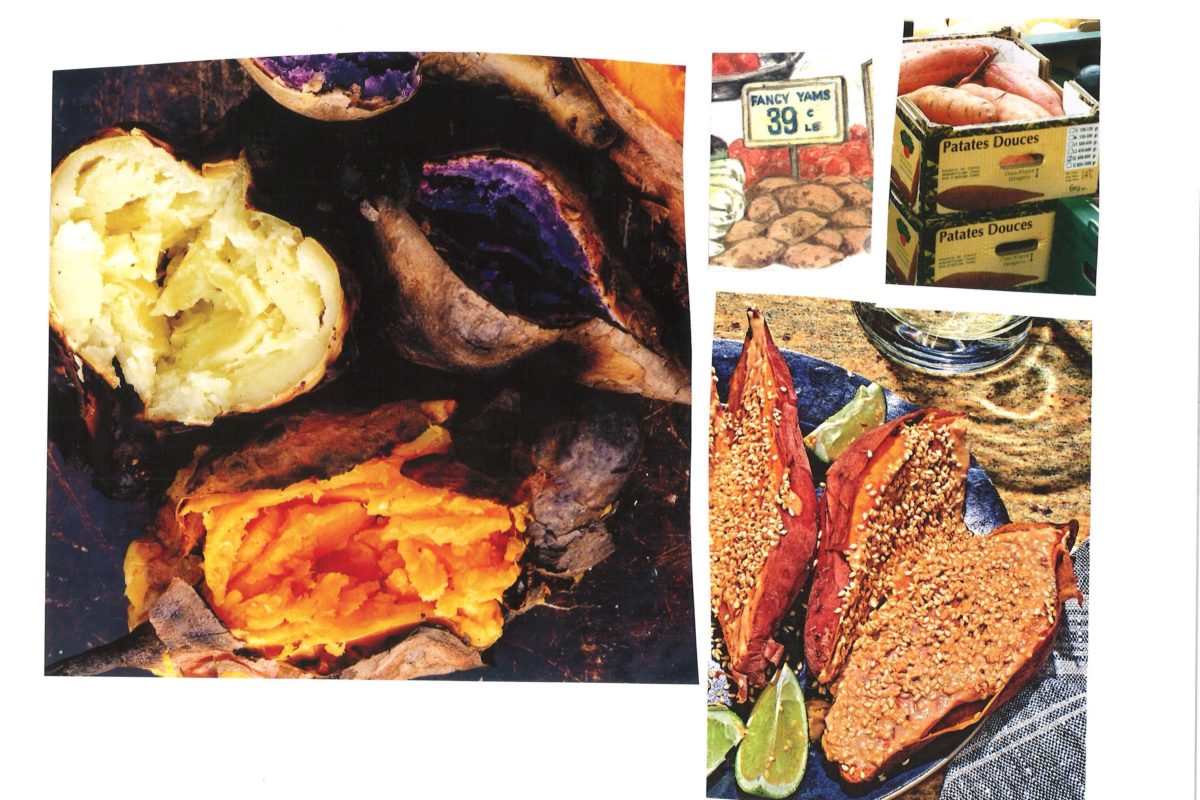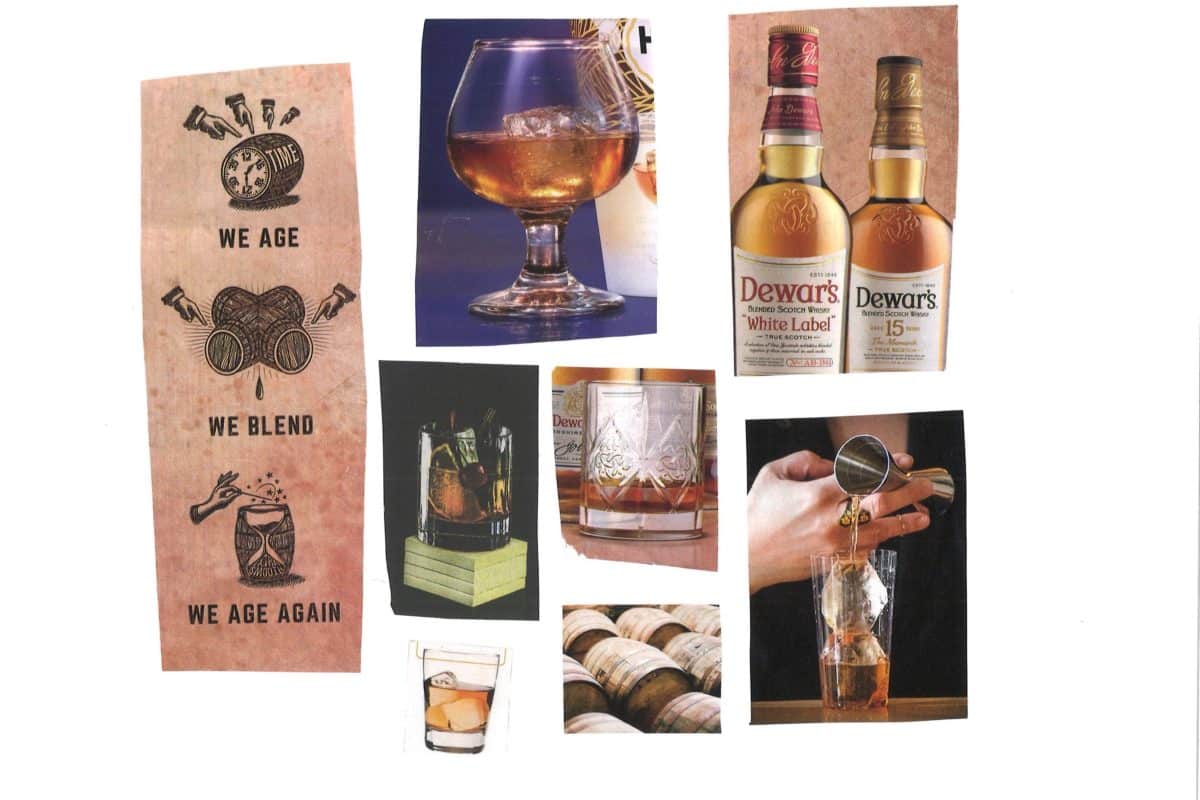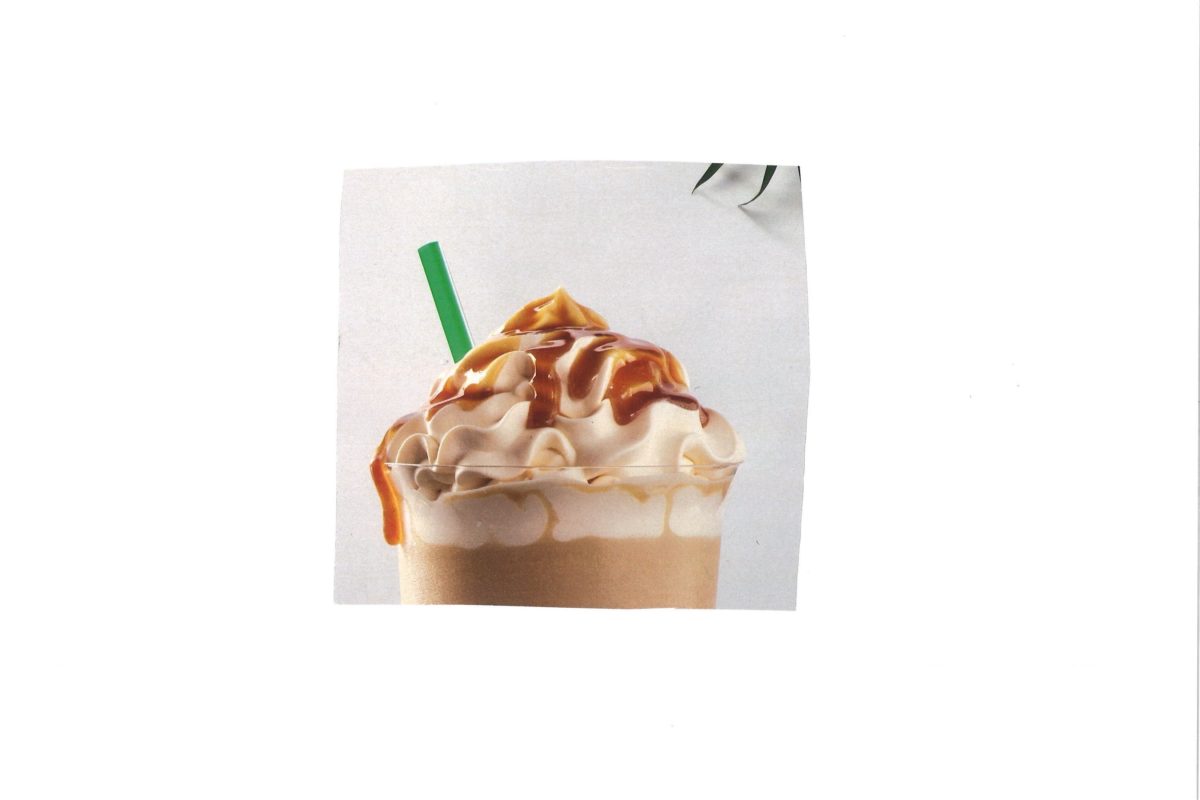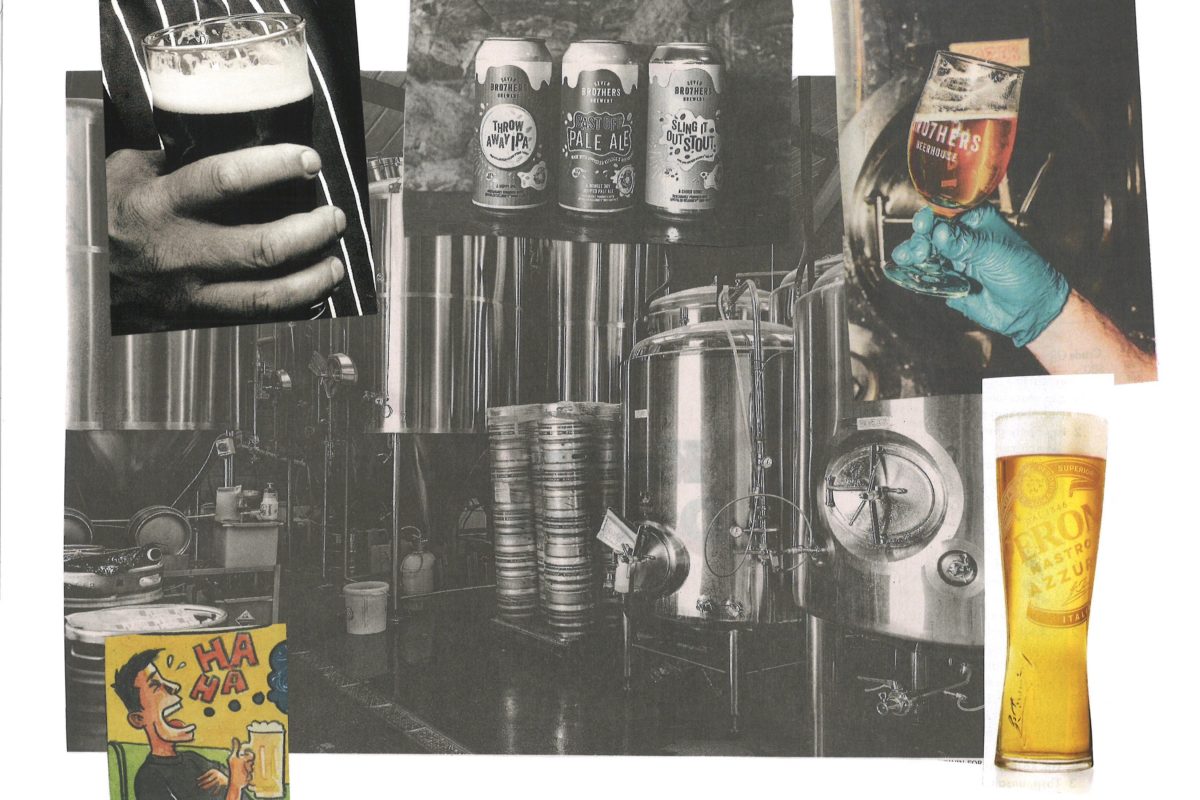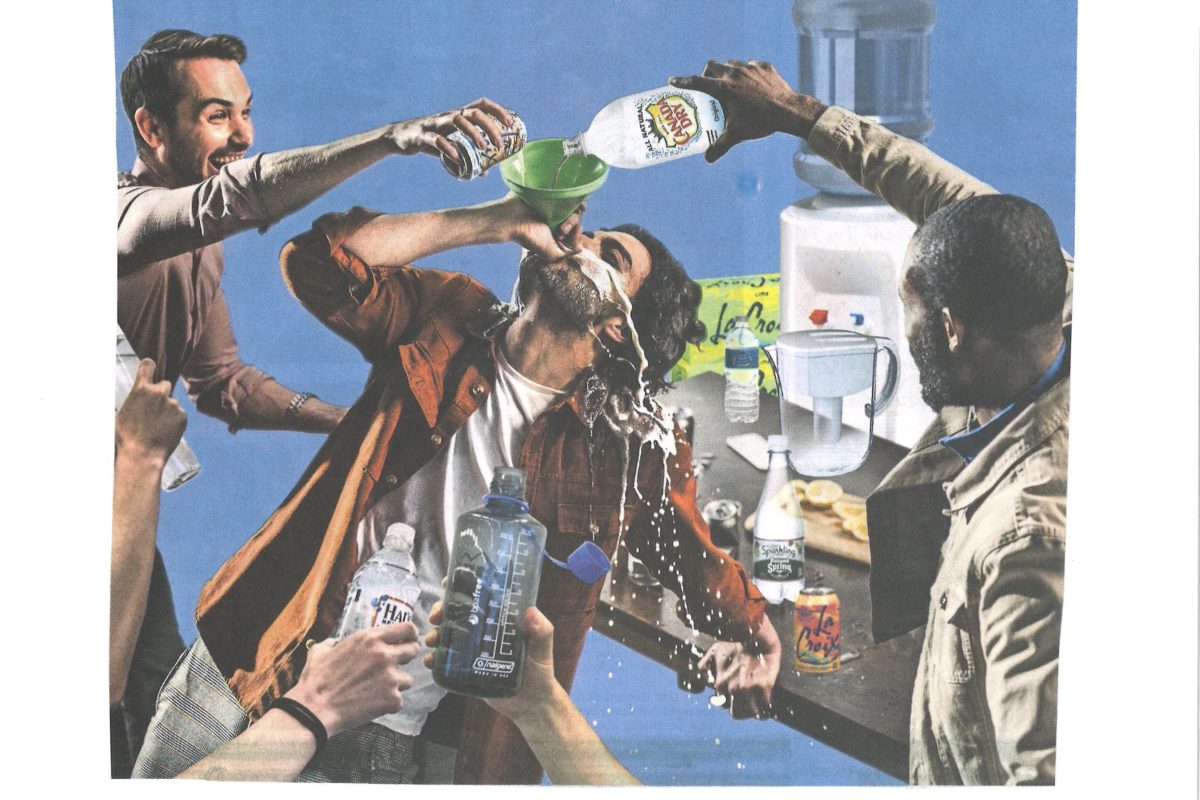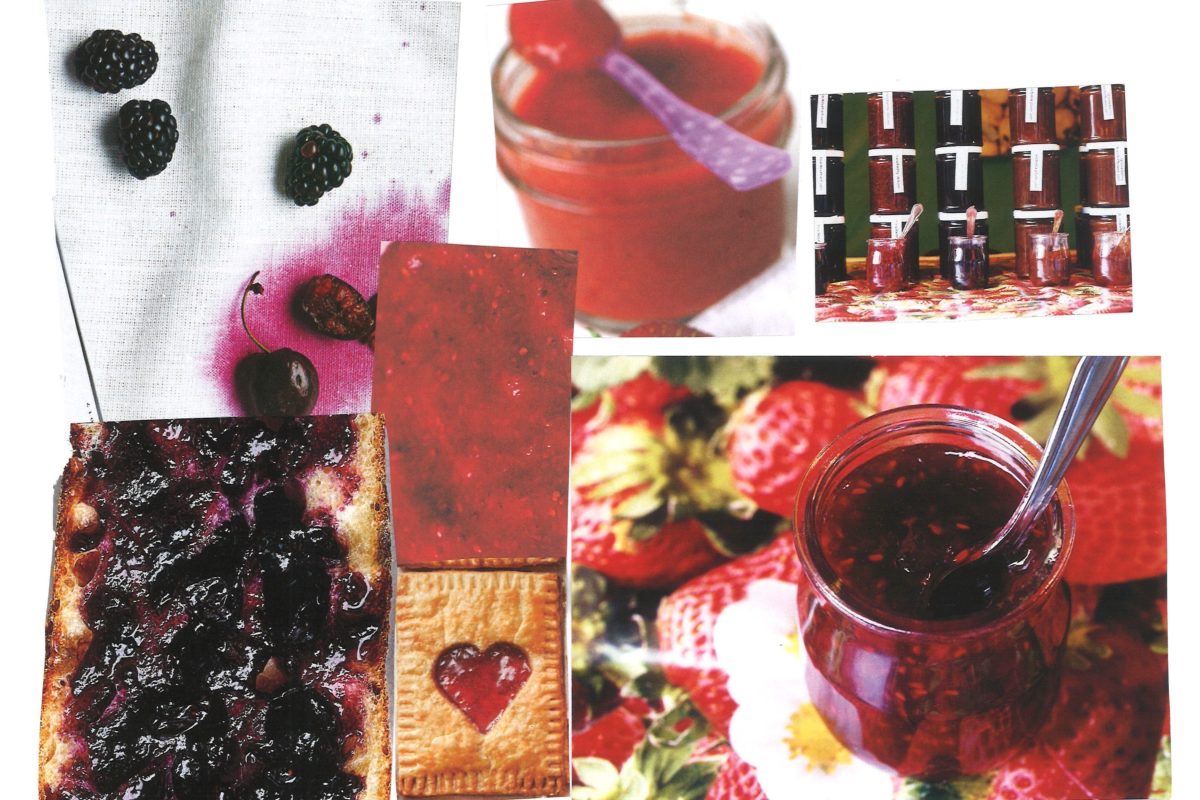What’s the Difference Between Baby Back Ribs and Spare Ribs?
When we’re pawing into a rack of ribs, it’s easy to think of them as being disembodied from the pigs themselves, perfectly butchered and portioned somewhere outside of our consciousness and simply appearing, grilled/smoked/barbecued and sauced, on a platter in front of us. Here’s the reality: pigs are animals, and they have ribs. These ribs, when divided horizontally, are made up of two types of cuts: baby back ribs and spare ribs. Let’s explore the differences, shall we?
Baby back ribs come from the parts of the ribs that are connected to the backbone, beneath the loin muscle, and are curved where the meet the spine. They’re called “babies” because they’re shorter than spare ribs; on the longest end, they’re around 6 inches, and they taper down to about 3 inches on the shorter end. Depending on how they’re butchered, they may have around ½ inch of loin meat attached to the top. Baby back ribs are more tender and leaner than spare ribs, and are typically more expensive. Each rack is around 2 pounds, around half of which is bone, and 1 rack feeds around 1 hungry adult.
Spare ribs are cut from the ends of baby back ribs and run along to the pig’s breast bone. One side has exposed bone—that’s where they meet the baby backs—and the other side, the side near the breast bone, is where the rib tips are, a flap of meat that has some small bones and cartilage in it. (If you’ve ever seen St. Louis–cut ribs, those are spare ribs with the rib tips removed.) Compared to baby backs, spare ribs have more meat between the bones and less meat on top, and that meat generally has more marbling (and more flavor). The bones are straighter, longer, and flatter than baby backs, and a rack—which ranges from 2.5 to 3.5 pounds, around half of which is bone and cartilage—typically feeds 2 adults.
And riblets? True riblets are made by cutting a rack of ribs into 2- to 4-inch pieces. However, what Applebees refers to as “riblets” are actually “button ribs,” which are actually not ribs at all. They’re from a long, thin cut of meat that runs along the spine just after the rearmost rib, a cut that’s around 6 inches long, 1 ½ inches wide, and ¼ inch thick. There are no real ribs in there, just little round nubs (or “buttons”) of bone to gnaw around!
If you liked this, subscribe to the What’s the Difference newsletter here!

